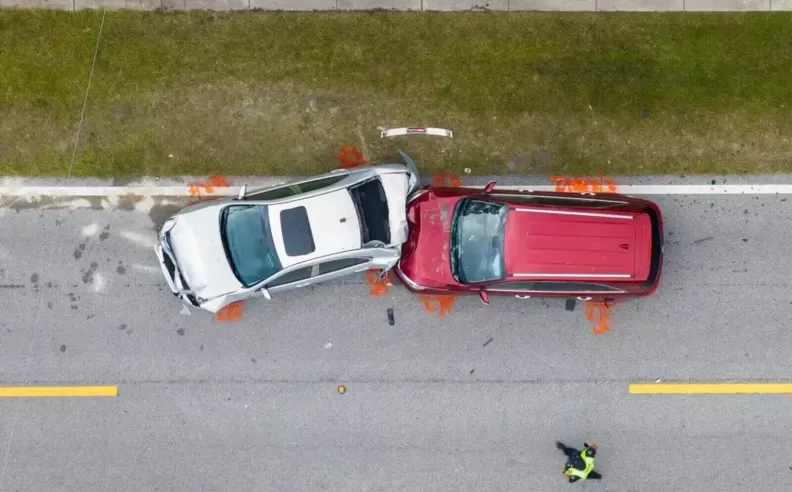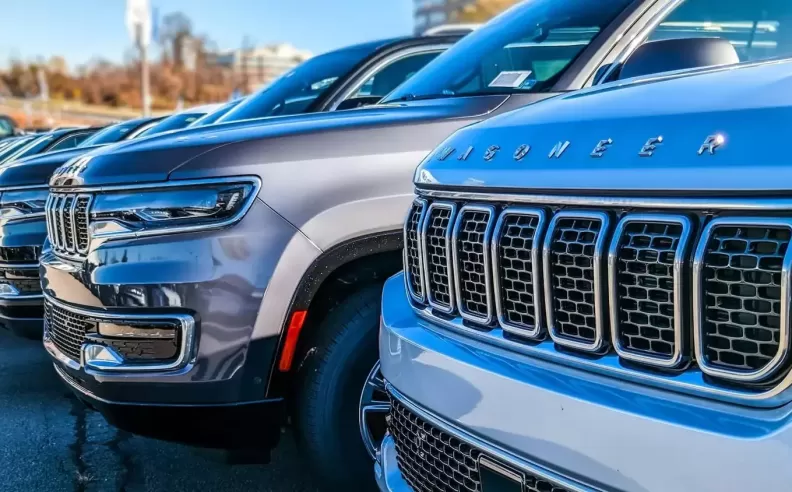
For years, drivers have embraced the belief that bigger means safer. The towering presence of an SUV on the road has long inspired confidence, making many assume that these massive machines provide unmatched protection. Yet, a recent study by the Insurance Institute for Highway Safety (IIHS) challenges this assumption, revealing a sobering reality: older, heavy SUVs not only endanger those in smaller vehicles but also put their occupants at risk.

A decade ago, SUVs ruled the roads as behemoths of perceived security. Their towering frames and heavyweight builds gave drivers a sense of invincibility, reinforcing the idea that size equals safety. However, IIHS findings paint a starkly different picture. SUVs from 2011 to 2016, with their outdated front-end designs, became lethal forces in collisions. For drivers in smaller vehicles, a crash with one of these older SUVs meant a staggering 90% higher likelihood of fatality.
Then, the automotive industry made a crucial shift. By 2019, manufacturers began redesigning SUV front fascias, aligning them more effectively with the protective structures of smaller cars. The change was monumental. By 2022, the risk of fatality in car-on-SUV crashes dropped to just 20%. Even more telling, fewer SUVs weighed over 5,000 lbs in 2022 compared to 2016, while smaller passenger vehicles gained weight, narrowing the once-deadly gap.
But the danger didn’t just come from aging SUVs. Pickup trucks, ever a staple of American roads, became even heavier. Unlike SUVs, which slimmed down slightly, trucks only bulked up. By 2022, an overwhelming 97% of pickups tipped the scales beyond 4,000 lbs. While these machines offer power and utility, their increasing weight and presence on the roads raise critical safety concerns.
The belief in “bigger is safer” has long driven purchasing decisions, but the numbers tell a different story. Size and weight alone do not guarantee protection. As automotive design evolves, a new truth emerges: balance, compatibility, and thoughtful engineering matter more than sheer mass.

Started my career in Automotive Journalism in 2015. Even though I'm a pharmacist, hanging around cars all the time has created a passion for the automotive industry since day 1.
